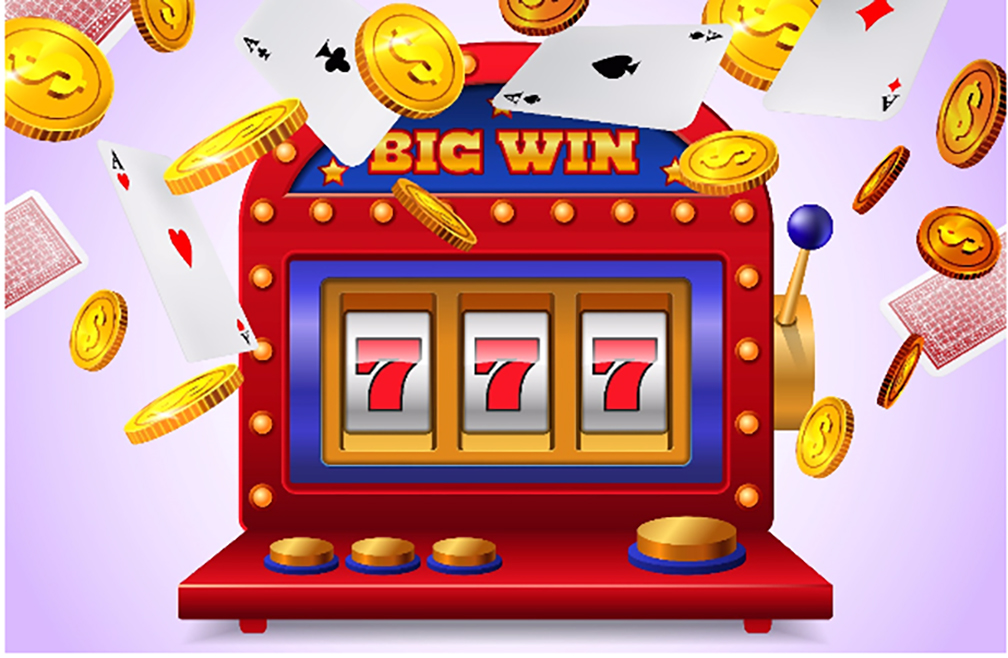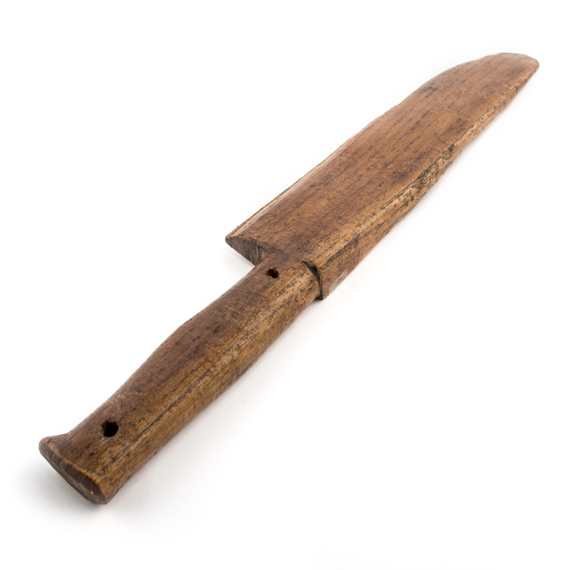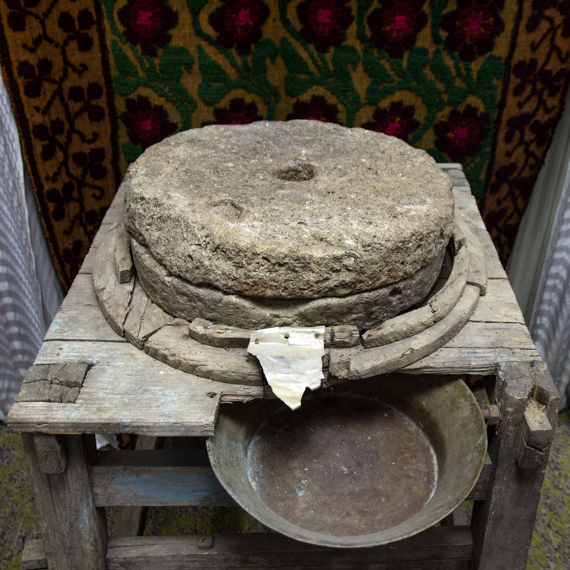The main achievement of the legalization of the gambling business is that it has earned. Contrary to the requirements of the law, gambling operators were issued licenses, while gambling equipment was not certified. The halls were opened without the preliminary creation of the Register of Persons with Limited Access to Gambling Establishments. Advertising of gambling, contrary to the requirements of the law, which prohibits the placement of advertising of gambling in public places and where there are children, has flooded advertising space and information resources.

A year has passed, and we can sum up. Last year, UAH 4.4 billion of planned budget revenues were pledged and not received. This year - UAH 7.5 billion. To date, UAH 1.1 billion has been received. This is a fee only for licenses, without gambling tax deductions.
Foreign investors are in no hurry to invest in the gambling business in Ukraine. It is undergoing a certain transformation and is brought online, the share of which, in comparison with offline establishments, is significantly increasing. This forces gambling organizers to consider whether they should make long-term capital investments in a country with an unstable political and economic situation. Lobbyists, meanwhile, assure that in order to develop the gambling business, it is necessary to change the tax burden. The draft law No. 2713-d was voted for in the first reading in the summer. Perhaps in the fall it will be accepted. In particular, it provides for a threefold reduction in the cost of a license. That is, the overpaid amounts for licenses already received this year will be credited to operators in the future, and in fact, even less funds will come to the budget in 2021.
The fight against illegal operators conducting illegal activities continues. As in previous years, illegal gambling establishments are closing down. With shadow organizers of gambling on the Internet, it is even more difficult. The problem with the control of gambling, especially on the Internet, remains unresolved. Although the Commission on the Regulation of Gambling and Lotteries reports on official information resources about the closure of hundreds of sites, searches and seizure of equipment from their owners, in fact, some resources are working as usual. For example, the informational message of the Commission for the Regulation of Gambling and Lotteries (CRAIL) about one of these organizers, who has been illegally working in Ukraine using a well-known brand for more than ten years, did not receive its logical conclusion in the form of closing its websites, and the informational message itself was deleted.
Thus, not being able to brag about real revenues to the country's budget from the legalization of the gambling business and real investors, gambling lobbyists have to talk about the potential benefits from the introduction of the market or operate with information that cannot be verified. For example, about thousands of additional jobs created, construction of schools and kindergartens for taxes from the gambling business, millions of incomes in related industries or crowds of foreigners who specially go to Ukraine to play and leave crazy money here not only for entertainment; foreign investors willing to spend billions of dollars on the construction of hotels and infrastructure development in small towns, potential revenues to the general and local budgets. All this is accompanied by slogans in the manner of "They will play, and we will get the money!" or “Prosperous (foreigners) play - the budget wins!”.
The gambling business itself is positioned as “socially responsible”. At the same time, the problem of gambling addiction (addiction to gambling) is hushed up. According to the International Classification of Diseases of the 10th revision (classifier F63), gambling addiction is a pathological passion for gambling associated with a conduct disorder. Focusing on “responsible gaming”, when the player himself must control himself, determine the limit of loss and enter himself into the register for self-restriction in the game, the operators of the gambling market and the state relieve themselves of all responsibility for the consequences if Ukrainians become addicted to gambling. The legislation does not provide for measures to prevent gambling addiction, and now our children and vulnerable groups of the population are under crazy informational pressure from gambling advertising, which creates the illusion of a quick win and the total budget of which is difficult to imagine.
The dependent person, not realizing (taking into account the illness) what is happening to him, having lost the last money of the family and having gained loans, will eventually sink to the social bottom and destroy his future, possibly pulling his closest circle of relatives with him.
The gambling market regulator - CRAIL - is interested in the flow of money, and not in protecting the interests and health of citizens. “The bill authorizes the regulator to determine how he will control the gambling market, which violates the principle of distribution of powers. The norms of the bill allow the regulator to establish additional requirements when obtaining permits and give the Cabinet of Ministers the right to appoint and dismiss members of the regulator out of competition, which is a corruption factor in its work,” said Oleksandr Chebanenko, an expert on the UIF Law Enforcement and Judiciary Reform Program.
And this is when other countries introduce increasingly stringent rules for the work of gambling operators in the direction of prevention and prevention of gambling addiction among players. Unfortunately, in Ukraine it is still in vain to hope for real steps in solving problematic issues related to gambling addiction. The Law of Ukraine “On the Regulation of Gambling and Lotteries” does not even have an interpretation of the words “gambling addiction, gambling addiction, gambling addiction”. Without proper prevention, diagnosis and treatment of gambling addiction, we can expect negative social consequences in society.
















































































































